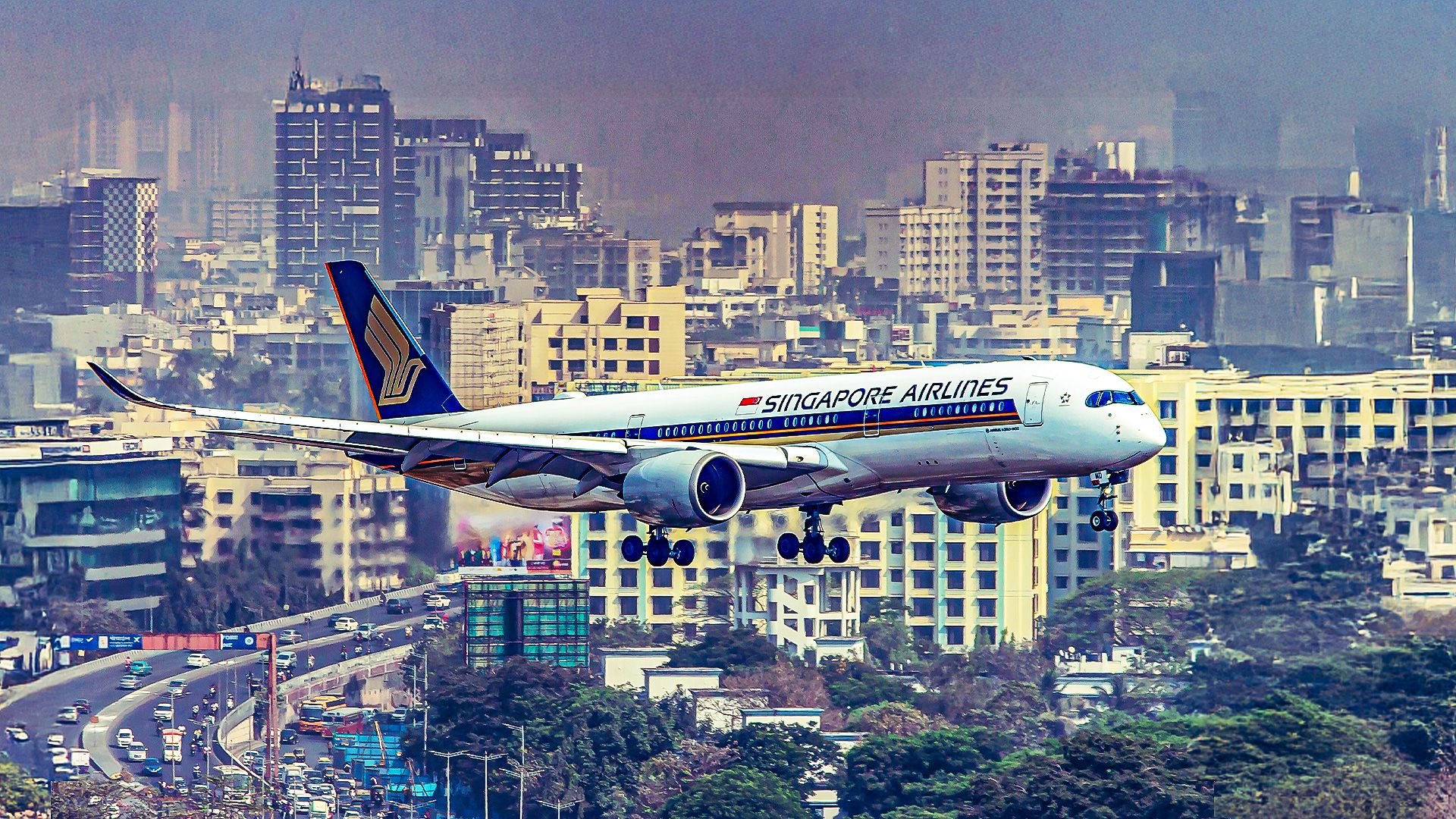Ultra-long-haul flights, defined as services exceeding 8,000 nautical miles and taking more than 15 hours from gate to gate, represent a significant operational challenge for airlines. A select group of carriers routinely provides these services, each with distinct strategic objectives aimed at connecting major financial hubs, catering to diaspora communities, and attracting high-yield premium passengers who prefer direct flights. The advent of advanced long-haul aircraft, such as the Airbus A350-900ULR and Boeing 787-9, has facilitated the expansion of these routes, enhancing passenger comfort while maximizing operational efficiency.
Singapore Airlines currently leads the ultra-long-haul market with its comprehensive service network. The airline operates the longest scheduled flight globally, connecting New York’s John F. Kennedy International Airport (JFK) to Singapore, covering a distance of 9,400 miles (15,261 km). This long-haul route, alongside others from Los Angeles and San Francisco, underscores Singapore Airlines’ strategic focus on high-frequency services that cater to both corporate travelers and general passengers.
Analysis of Ultra-Long-Haul Operations
Using data from aviation analytics firm Cirium, a detailed analysis reveals the competitive dynamics among airlines operating ultra-long-haul flights. The methodology involved assessing routes exceeding the 8,000 nautical mile threshold, analyzing factors such as monthly one-way flights, total seat capacity, and available seat miles (ASMs), which provide insight into the operational capabilities of each airline.
The results indicate that Singapore Airlines operates the most ultra-long-haul flights, with a notable average seat count of approximately 161 on its JFK route, reflecting a strategic focus on maintaining reliability and service quality. In contrast, Emirates and Qatar Airways dominate the South Pacific corridor, offering high-capacity services that cater to significant demand. Emirates, for instance, operates over 14,000 monthly seats across 30 flights between major destinations in this region.
Despite the competitive landscape, airlines continue to explore ultra-long-haul routes as strategic bypasses of traditional hubs. Services like Qantas flights from Perth to London Heathrow and Air New Zealand’s connections from Auckland to JFK illustrate how these routes can effectively connect passengers without routing through congested airports.
Challenges and Risks in Ultra-Long-Haul Operations
Operating ultra-long-haul flights introduces various challenges and risks for airlines. The economics of such routes demand that carriers manage breakeven load factors carefully, as increased fuel consumption and crew costs can quickly erode profitability. Weather conditions may also impose weight restrictions, complicating cargo availability and overall route performance.
Furthermore, the demand for ultra-long-haul services is primarily driven by premium cabin passengers, often linked to corporate contracts. Airlines monitor this demand closely, as fluctuations can significantly impact yield management. Operationally, the risk of delays and diversions can ripple through flight schedules, resulting in substantial costs and logistical complications.
The eight leading airlines in the ultra-long-haul segment include Singapore Airlines, Qantas, Emirates, Qatar Airways, Air New Zealand, Philippine Airlines, United Airlines, and Delta Air Lines. Each of these carriers has carved out a niche in the ultra-long-haul market, with Singapore Airlines particularly notable for its extensive service options linking the United States and Asia.
In summary, ultra-long-haul flights provide a unique opportunity for airlines to cater to a lucrative segment of the travel market. By strategically positioning themselves on key routes, airlines like Singapore Airlines and Emirates not only enhance their global service networks but also attract high-frequency, high-yield travelers. As the demand for direct long-distance travel continues to grow, these airlines will likely explore further innovative solutions to maximize their operational capabilities.







